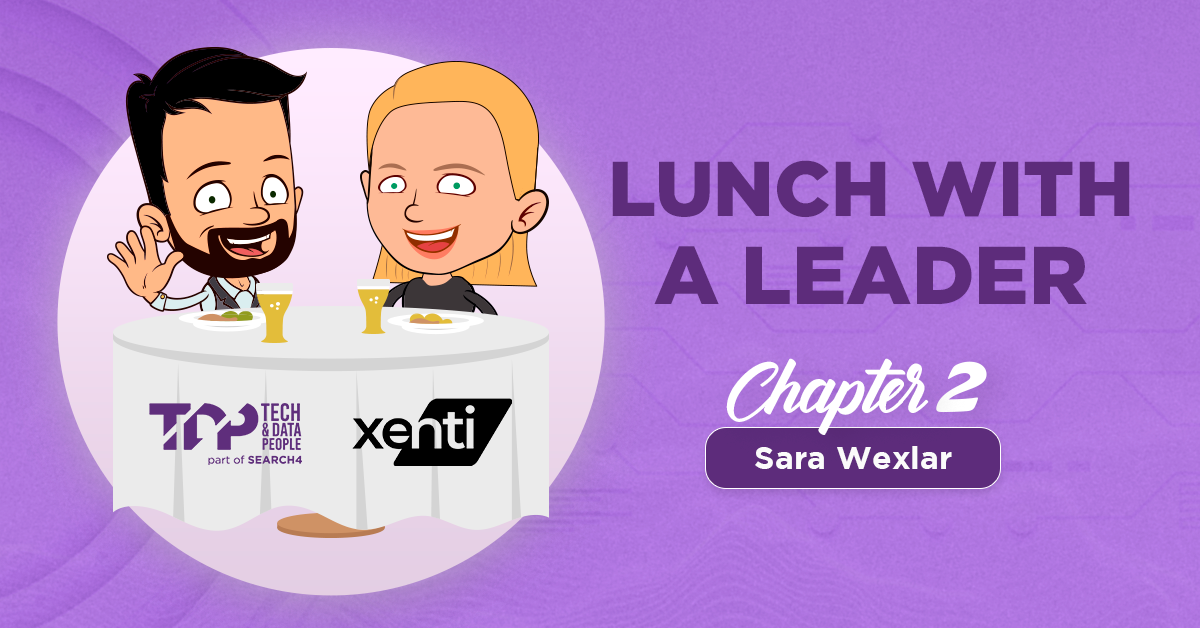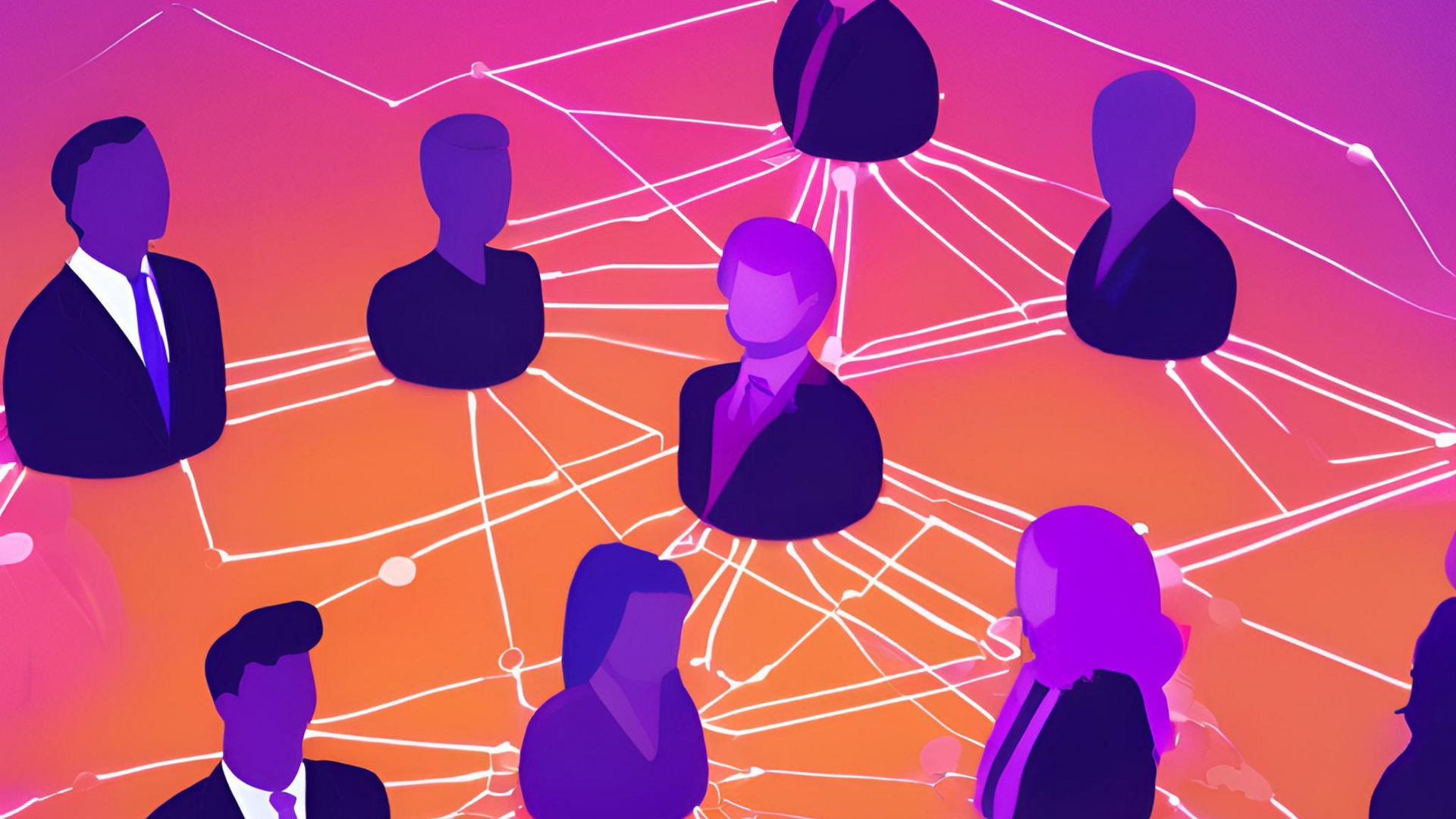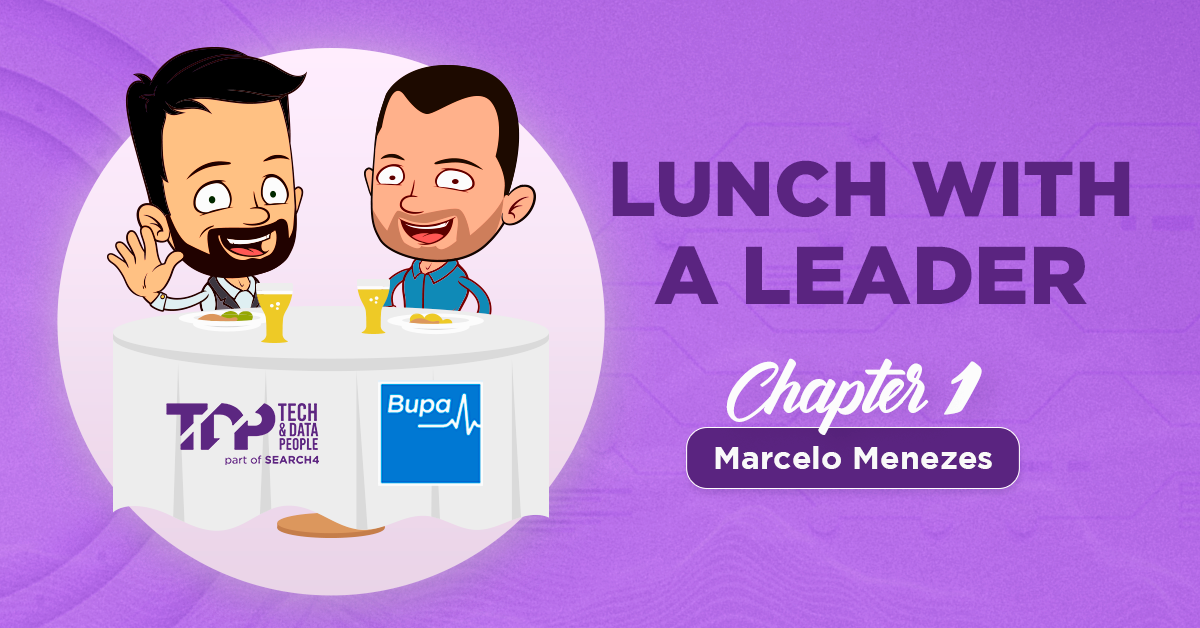Blogs
Building culture within a hybrid work model
11 months ago By Emily Harris

The Hybrid Work Model emerged after the pandemic first hit, where many employees were forced to work remotely for an extended period of time in order to adhere to COVID-19 restrictions. It’s important to note that in 2019, before COVID-19 was detected in Australia, about a third of the country’s working population was regularly working from home (Siebert,2020). By August 2021 as the impact of the Delta variant of the virus was in full effect across Australia, more than 40% of employed people were regularly working from home (Australian Bureau of Statistics, 2021). However, as restrictions begun to ease and employees were once again allowed to return to the office, many found that there were many aspects of working from home they enjoyed and consequently wanted to continue.
A recent global survey conducted by PwC found that only 10% of respondents wanted to return to a traditional work environment (100% of time spent in the office). PwC also found that in relation to Australia specifically, 74% of respondents wanted a mix of face-to-face and remote working of differing degrees (Goldstone & Narayanan, 2021). Enter the hybrid work model; a concept designed to provide the best of both worlds. A hybrid work model aims to blend virtual and in-person work arrangements. What this hybrid work model looks like, will depend on the individual organisation as they try to determine where employees want to be to do what tasks and consequently what physical and non-physical elements will be required to cater for this. For example, better technology or devices might be required for solo virtual work while more collaboration hubs might be required for the physical office.
Whatever balancing act/strategy the individual organisation decides to take, it’s imperative that it has been based on both qualitative and quantitative data; the feedback you get back from your employees through both surveys and general conversations as well as behavioural data that reveal how the physical office is being used. This data could be how many employees are swiping into the office and how frequently they are (every day, twice a week) or at what capacity an office’s meeting rooms are at – are they often full or remain empty for significant periods? Using this information will help companies determine what combination of practices (both remote and in-person) will work best for them.
How To Maintain Culture Within Hybrid Work Models
While there are some things that no one misses about working in an office (sitting in traffic on your commute to work would have to be top of the list) there have been many workers who have said remote work has meant a lack of spontaneous interaction and connection with colleagues, which they miss. Indeed, one of the biggest challenges – both when offices were working 100% remotely and now when a significant portion of employees will be working remotely at least one or two days a week – has been how organisations can maintain their workplace culture and cultivate a sense of belonging for their employees.
Psychological research has consistently shown that when employees feel they belong to a team or organisation – in the sense that it aligns with their values and allows them to feel comfortable being themselves – they will not only tend to perform better, but also experience higher levels of engagement and well-being (Berg & Chamorro – Premuzic, 2021).
Consequently, it’s in a company’s best interest to cultivate and maintain a workplace culture where each employee feels valued and included, however this is much more of a challenge in an environment where organisations are relying on video calls and screen activities to stay connected with their remote colleagues. Considering remote work is here to stay, many organisations are now exploring the strategies they can employ to overcome the issues around fostering and maintaining workplace culture within a hybrid work model. According to a recent article by Human Resources Director (HRD) there are five key pillars companies should focus on to foster culture: Trust, Expectations, Accountability, Accessibility and Community.
Pillar 1: Trust
Trust – a value very close to Design & Build’s heart. According to Scott Stein, author of Leadership Hacks, it’s easy to trust a colleague when you can see them working right next to you in the office. However, when everyone is working remotely the trust between colleagues or within teams can start to break down. Trust is instrumental to productivity within a working environment, as without it, people stop working collaboratively and communication falters (White, 2022). Making ‘trust’ a priority within your company will enable staff to feel comfortable to speak openly and share honest feedback with each other – and when people are proactive at sharing information like this consistently, it builds trusting relationships. Indeed, in Design & Build’s own workplace, our biggest priority is to build trust with our key stakeholders (our clients, our candidates and of course, our colleagues). We know that if we’ve fostered an environment where our colleagues trust each other and have trust in the company overall – to not only do the right thing by them, but other TDP stakeholders – they’ll be more engaged at work.
How can you foster trust? For our organisation trust is built when we provide honest feedback and communication, show care to those around us and focus on the interests of our stakeholders. From a remote perspective, honest feedback and communication can still be cultivated through a number of online IM and video tools like Microsoft Teams, Slack and Zoom. It might also be worthwhile to schedule regular check-ins, and if you’re in a senior role ensure these check-ins are maintained even if there aren’t too many things to update the team on. Having the routine in place-even if it’s just for five minutes – ensures people feel a connection to one another. Another suggestion to help foster trust within teams is to ensure feedback is being regularly provided to all team members. It’s important not to assume that everyone in the team will know about an update or the great work an individual is doing purely because they are in the same team or the same office. Especially because people will be working remotely at different times, the key way colleagues can find out is through virtual communication. Shining a spotlight on particular achievements or milestones made, means everybody can feel good about everybody else’s work, identify resources and support each other. Individual members of the team will have faith in the competence and hard work of their fellow team members, which fosters a trusting environment (Cooks-Campbell, 2022).
Pillar 2: Expectations
Expectations also play a big factor in remote working. The challenge with expectations is that they can differ slightly depending on the individual, and determining what a team member’s expectations are can be even more challenging when communication is done virtually. Unfortunately, teleconferencing doesn’t always pick up on the nuances of an individual.
Consequently, it becomes increasingly important for managers and those in leadership positions to clearly state and clarify expectations and targets, as otherwise staff won’t know what is expected of them. To ensure that everyone knows what is expected of them – in regards to working hours, start times, attending meetings, when people are working from home and communicating/updating team members – managers and those in leadership positions will have to think carefully about how they can effectively communicate these expectations. Otherwise, these same managers can risk falling into the pattern of constantly asking people for updates and coming across as micromanaging. To avoid this, a common strategy is to have your team work together to create a working agreement – where everyone contributes to a list of expectations (for example team members will check in at 9:00am daily, or all team members are required onsite for their monthly team building session) that is then written up and sent to everyone, so all team members clearly know where they stand, even when working remotely.
An emerging trend in hybrid work models, and one that helps to manage expectations is asynchronous communication – where teams communicate with one another without the expectation of needing to respond immediately. Asynchronous communication negates the need to ‘always be on’ which can be a risk for those working at home. Rather, team members will be given all the information they need to complete a task by a certain deadline. Managers can encourage teams to send daily or weekly updates on these tasks, so everyone can be transparent in what they’re working on day-to-day, but ensure that the pressure is off for people to respond to or provide status updates 24/7 (Kim, 2022). Having asynchronous communication in place also demonstrates that managers are instilling trust in their team to get their work done when outside of the office.
Pillar 3: Accountability
This pillar is fairly straightforward – ensuring everyone within a team/the office has a designated role and that every task has been allocated and accounted for. It is when there is a crossover with responsibilities or a brief is unclear that confusion occurs and overall productivity is halted. A hybrid and remote workplace can make accountability more challenging as it can become difficult to see who is completing which tasks and who to go to for other accountable tasks. Accountability actually becomes important for overall workplace culture as when people are held accountable they deliver results because they don’t want to let others in their team down. They also hold others responsible for their actions in a supportive way and often work together to develop solutions for problems, regardless of their title or position (White, 2022). Creating accountability can be as easy as having regular catch- up sessions with the team regarding particular projects and even regular performance catch-ups with individual employees so they are clear on their responsibilities, KPIs and how these relate to the wider team and company.
Pillar 4: Accessibility
How much access employees have to other employees – especially when working remotely – becomes a balancing act. Working remotely takes away the ability to have casual conversations with individuals on an ad hoc basis like you would if your colleagues are in the same physical office as you. On the flipside, some employers might think that they have greater access to their employees when working remotely and will start calling/emailing you at any time of the day or night. This isn’t an ideal scenario either.
The advantage when working in an office is that you can easily see when a fellow colleague is accessible or not – if they’re not at their desk or you see them having lunch or in a meeting room you know they’re not available and ultimately will wait for a better time to ask them something. This, is of course harder to determine when working within a hybrid work model and trying to contact a colleague who is working remotely. Consequently, accessibility needs to be clarified. Many teams have guidelines in place about contact hours – some email signatures even have their contact hours included – which say something like “although I am sending this email outside of office hours I do not expect a response outside of the hours 9:00am to 5:00pm”. These guidelines can differ from team to team, as long as everyone agrees on them and clearly understands them.
In regards to accessibility, it’s also imperative that those in leadership roles lead by example – that they don’t send emails or ask for things outside of work hours and make a big show of ‘logging off’ on time. This ensures team members don’t feel pressured to stay online 24/7 or get back to requests straight away no matter what and promotes a culture that values wellbeing and balance.
Pillar 5: Community
The final pillar for fostering a positive workplace culture in hybrid working models (and potentially the most important) is creating a community. When you take out the daily interactions employees have with each other over five days a week in the office, you basically have strangers interacting.
To make sure that colleagues still feel connected with one another and part of a ‘team’ even when working remotely, a company needs to work hard to schedule regular interactions between their employees no matter if these interactions are physical or virtual. This can be achieved in a number of ways – over the last two years many organisations have started to schedule virtual social events as well as in-person events (online trivia or virtual workshops which include break out rooms where colleagues get the chance to chat to each other). Many organisations have also created employee resource groups – spaces for employees from underrepresented backgrounds to connect with one another. Encouraging these spaces give employees a place to talk and share their experiences openly. They also reinforce a company’s commitment to diversity and are invaluable in creating a culture of belonging (Cooks-Campbell, 2022).
- - -
Ultimately, these pillars can be built into the culture of any organisation, through increasing employee’s awareness of each pillar and ensuring that the organisation’s leaders are communicating and clarifying how important they are overall. Sometimes focusing on these individual pillars rather than workplace culture overall, can make improving workplace culture more achievable, especially for organisations embarking on a hybrid work model.
- - -
[1] Siebert, B. (2020). Coronavirus Has Forced Australians To Work From Home, But What Are The Impacts On CBDs?. ABC News. Retrieved from:
https://www.abc.net.au/news/2020-08-18/coronavirus-working-from-home-impact-on-australian-cities/12435248
[2 ] Australian Bureau of Statistics. (2021). More Than 40 Per Cent Of Australians Worked From Home. Australian Bureau of Statistics. Retrieved from:
https://www.abs.gov.au/media-centre/media-releases/more-40-cent-australians-worked-home
[3] Goldstone & Narayanan. (2021). Rewriting The Future Of Work With Hybrid Workplaces. PwC Australia. Retrieved from:
https://www.pwc.com.au/digitalpulse/report-future-of-work-hybrid-working.html
[4] Berg & Chamorro-Premuzic. (2021). Fostering A Culture Of Belonging In The Hybrid Workplace. Harvard Business Review. Retrieved from:
https://hbr.org/2021/08/fostering-a-culture-of-belonging-in-the-hybrid-workplace
[5] White, L. (2022). How To Build Cultural Pillars For A Successful Hybrid Workforce. Human Resources Director (HRD). Retrieved from:
https://www.hcamag.com/au/specialisation/employment-law/how-to-build-cultural-pillars-for-a-successful-hybrid-workforce/41158 1
[6] Cooks-Campbell, A. (2022). The New Hybrid Culture You Need And How To Build It. BetterUp. Retrieved from:
https://www.betterup.com/blog/hybrid-culture
[7] Kim, P. (2022). Why Great Culture Is Essential For A Hybrid Workplace. Wrike. Retrieved from:
https://www.wrike.com/blog/great-culture-essential-for-hybrid-workplace/
